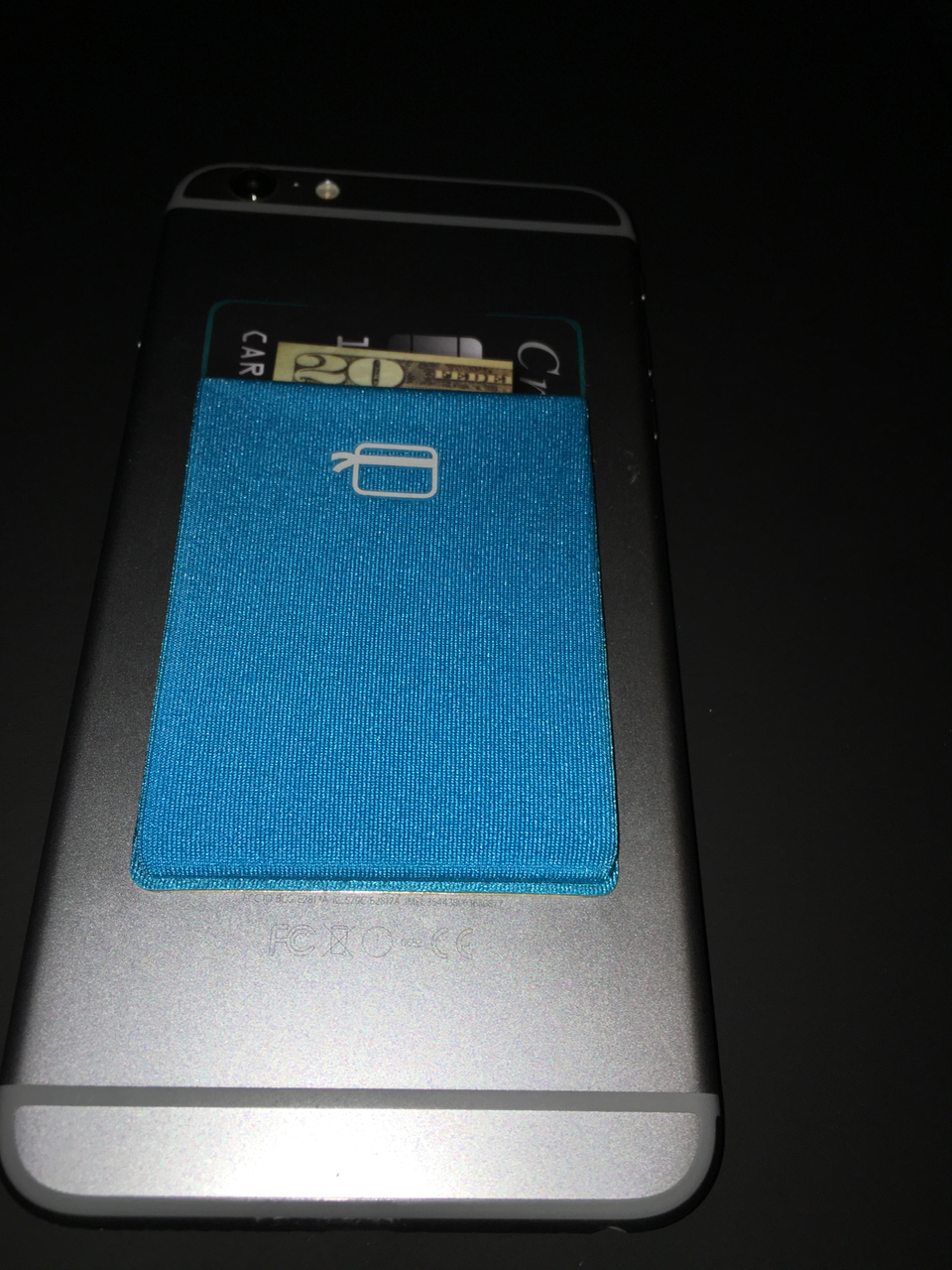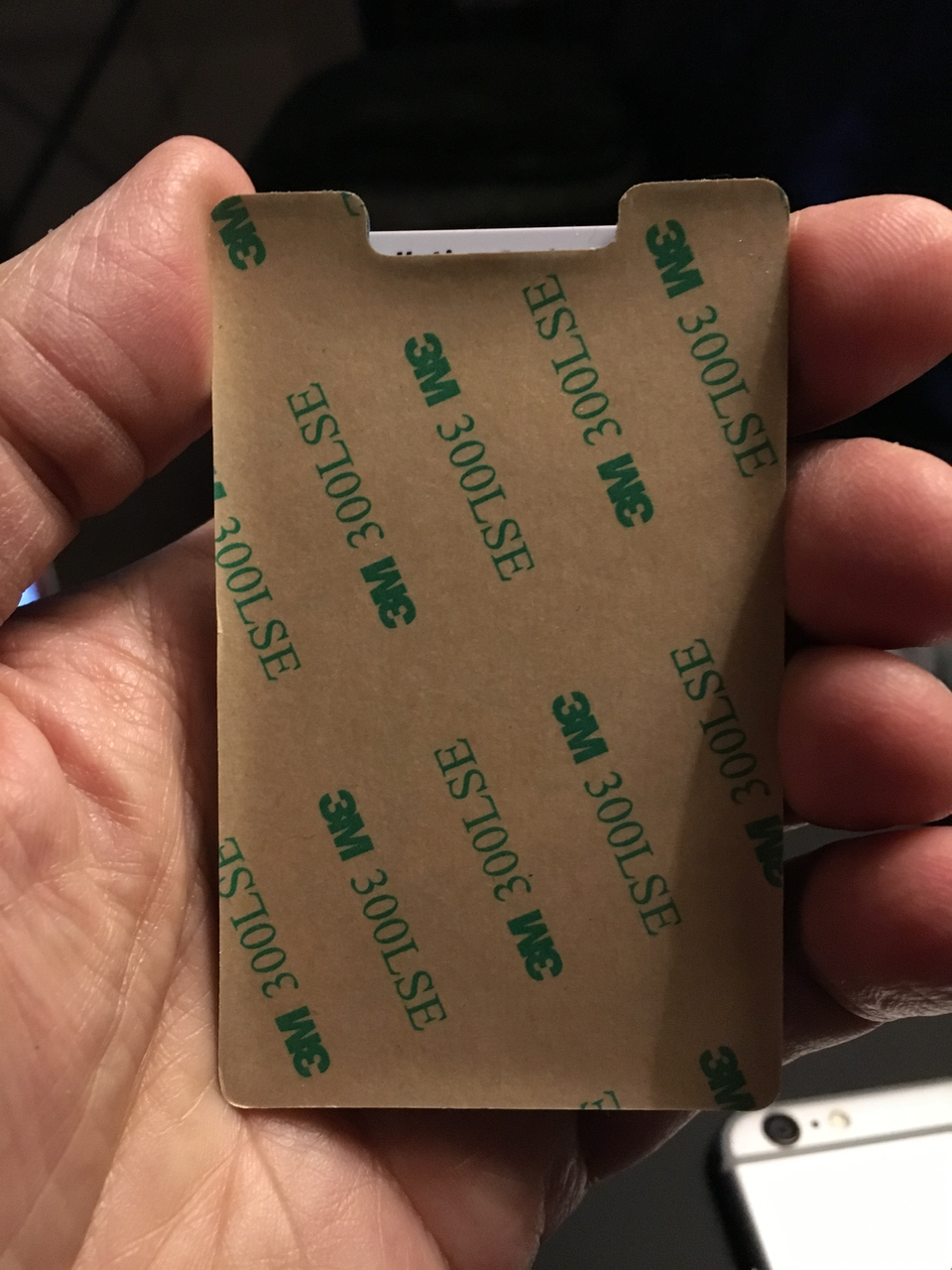In 2015 more than 8 million property crimes were reported to the police, according to data reported by the Federal Bureau of Investigation (FBI). The FBI cites that property crimes include larceny-thefts, burglaries and car thefts. These crimes resulted in $14.3 billion in financial losses. A burglary can happen to anyone. Even if you’ve experienced one already. Here’s how you can protect yourself and your home against brash, back-for-seconds, criminals.
Secure Your Entire Home
Many homeowners will take precautions to alarm their homes, but some only secure the front of the home. Only securing the front of the home leaves the back of the house vulnerable to quick-thinking thieves. Gates that lock and deny access to thieves, movement-triggered lighting systems, window and door locks and security cameras can keep not only the front of the house, but the entire home protected against burglars. Lorex technology, a well-known brand in the home security industry, offers a wide variety of security cameras for the home. From weatherproof night vision cameras to high definition styles, you can sleep better at night knowing your home is protected with a security camera system.
Get a Home Security Check
In many areas, you can get your local law enforcement team to stop by your house and perform a home security check. During a home security check, local officers will come to your home and walk the entire house and around your property to identify any weak points in your home security. This service is underutilized but highly suggested. Whether you’re a new homeowner or if you’ve lived in your neighborhood for decades, scheduling a home security check can not only give you a sense of your home’s security, but peace of mind, too. The officers can also give you an idea of the types of crimes that are common in your area, so you can better prepare.
Store Your Outdoor Items Appropriately
You might think that there’s no harm, but items left out on your home’s property can lure thieves looking for "easy pickings." Bicycles, children’s play equipment, yard tools, expensive lawn mowers and other yard accessories are easy targets. And these items can also give thieves a good idea of what’s inside of your home, too. Police officers strongly advise storing these items in a locked shed or secured garage to avoid theft rather than keeping them visible to criminals in your yard.
Use Deterrent Strategies
Investing in a home security system is just one way you can protect your home and assets from thieves. However, there are a handful of additional methods that you can install around your home and property to prevent theft. From placing alarm company, Neighborhood Watch or Operation ID stickers on your doors and in your windows to planting uninviting bushes underneath windows, such as rose bushes or other thorny plants and even having a family dog, can make your home less of a target for criminals. And if you have a home security system, keeping a yard sign advertising that fact can help deter thieves.
Control Your Keys
While it may seem convenient to provide keys to friends, family and others who frequent your home, security experts advise against doing so. You never know whose hands your home’s keys will end up in. And while it may seem logical to provide a set of keys to your babysitter, maids or even contractors working on your home, don’t. Additionally, authorities cite to never leave your keys in your mailbox, underneath your doormats, a rock or other common hiding places around your property, as your keys can easily be found. Some of these may seem like common sense, but people still do these things all the time. If you really need to provide a key to someone, a temporary lock box is often a good compromise since you can bring the lock box back inside when the other person no longer needs access.
Is Your Garage Door Opener An Easy Way In?
One method thieves can use to access your home is to break into a vehicle that contains a garage door opener, use that to open your garage and enter your home that way. Even if the interior door is locked, they can close the garage door and brute force the inner door without worrying about being seen. If you have a garage remote control, either ensure it is not visible from the outside of your car or bring the remote with you when you leave the vehicle. Additionally, if you live in an area prone to break-ins, you may want to rely on the "standalone" garage remote rather than programming your garage code into the garage door opener that is built into your vehicle (note that some newer car models won't open your garage if the key is not present, but older vehicles often function any time you press the button).
These are just a few ideas to help you make your home more burglar-resistant. What do you think? Do you have more ideas?









